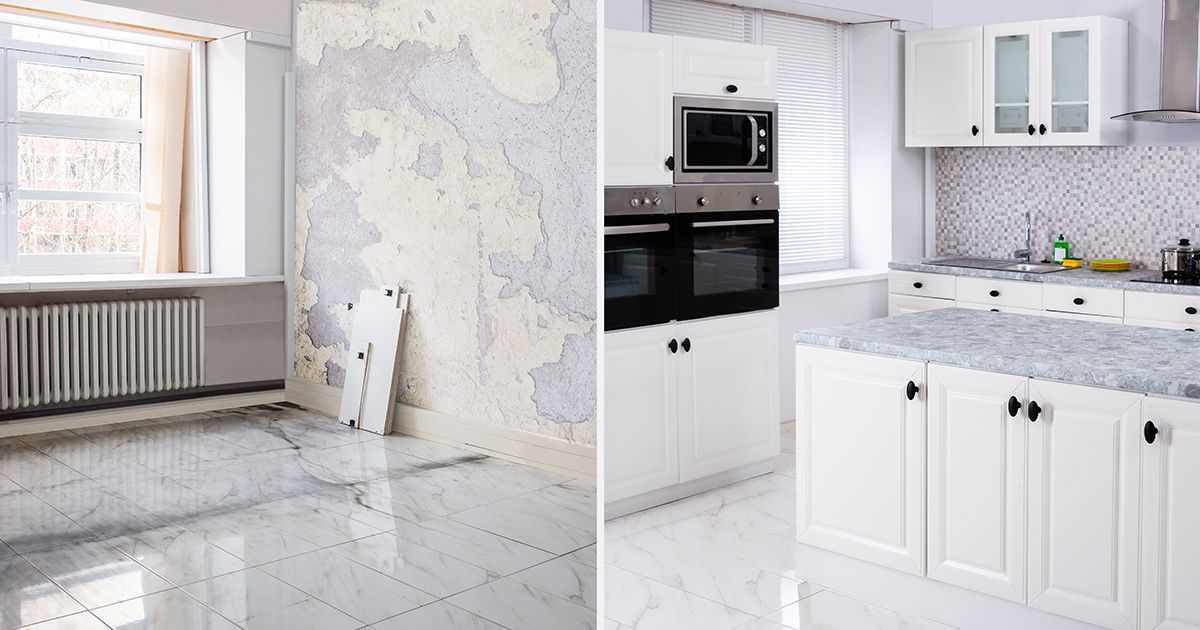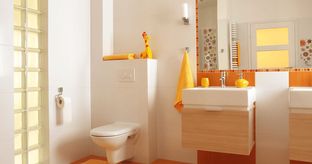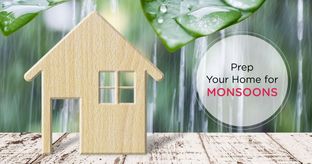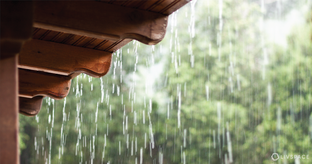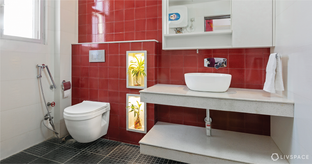In This Article
One of the most common problems that homeowners face during the monsoon season is dampness in walls. Preventing this dampness is an all-important task that every homeowner has to complete before the onset of monsoons and before the seepages start appearing in the walls. Dampness in walls can result in peeling paint, leakages and make your home feel cold and dark. Often, these patches remain long after the rainy season has passed. Moulds and fungus can also form on walls due to rains, thereby causing health issues.
Prolonged exposure to moisture can do serious damage to your walls and to the structure of your house, so it’s essential to prevent damp walls effectively. But the important question is: how to treat dampness in internal walls? Before answering that, let’s take you back to the cause so that you can nip it in the bud.
1. What Causes Wall Dampness?

Dampness in wall? Here’s how it usually happens:
- Moisture from the ground can rise above ground level and damage walls
- Splashing rain water can result in water leaking from the walls, thereby causing seepages
- Sloping roofs can collect water that can percolate into your home and cause cracks
- Blocked drainage pipes can collect water and cause damp walls
Dampness in walls can happen due to three main reasons:
- Low-quality materials used in construction
- Leaking rainwater pipes
- Roof leakage
2. How to Prevent Dampness in Walls?
Here are three quick and easy water leakage solutions for walls to prevent dampness:
A. Check for Any Cracks in the Walls and Seal Them
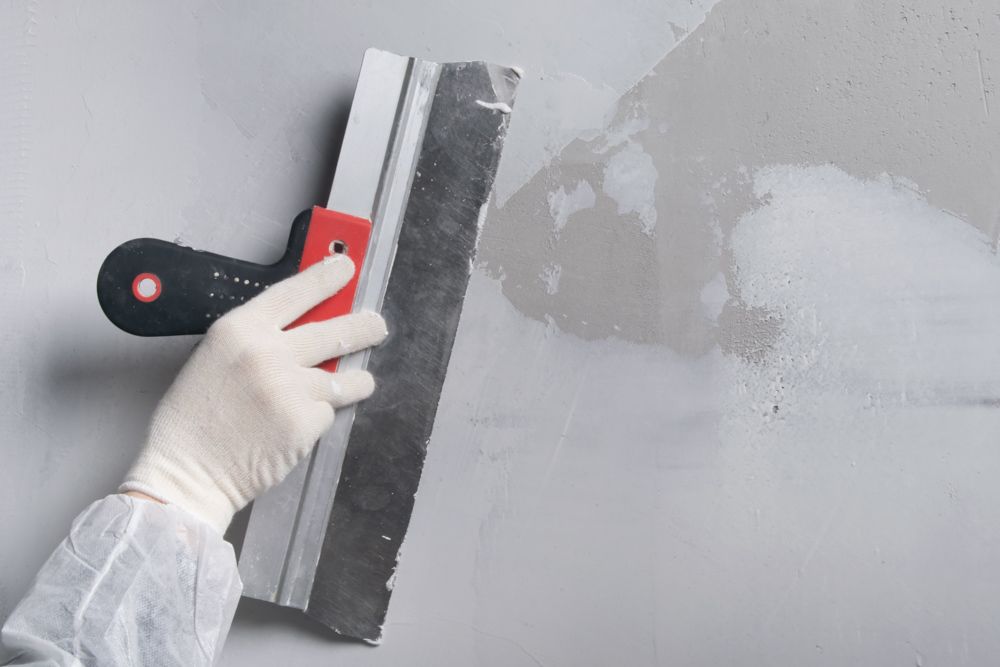
Over time, the walls of your house can develop cracks. These cracks typically start to appear near the door and window frames. They allow moisture to get into the structure of your building and cause damp patches and seepages in walls.
Thus, one of the best wall water leakage solutions is to fill them with crack-fill putty. Once the gaps and cracks are filled, all the loose plaster must be removed and the wall repainted. Just make sure you do this before the monsoon starts.
Also Read: Getting Wallpaper to Transform Your Room? Here’s What You Need to Know
B. Waterproof the External Walls and Roof
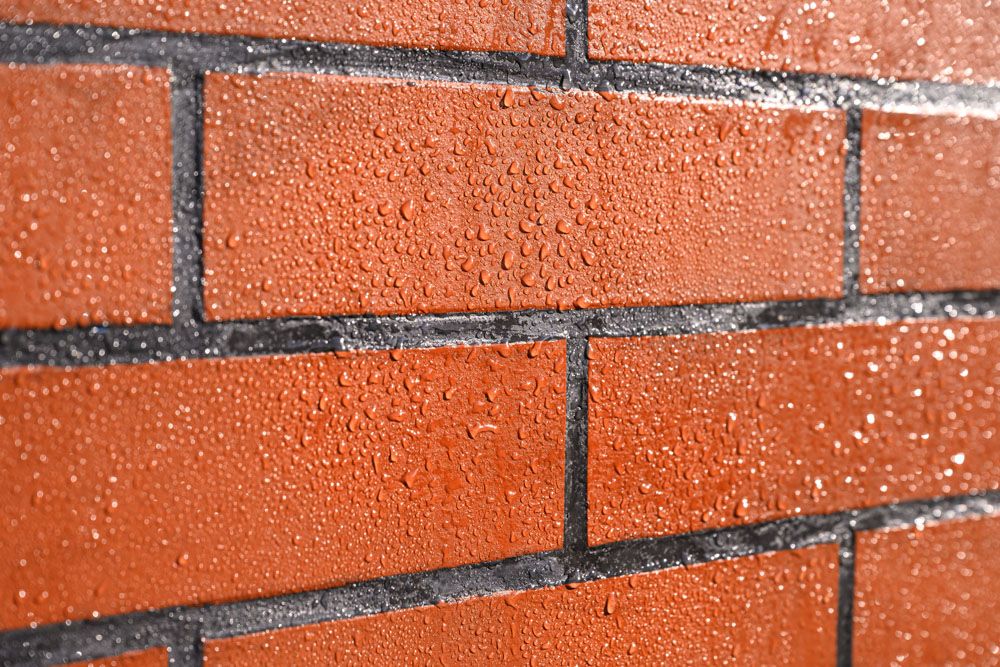
Many exterior paints used on buildings are permeable and allow water to seep into the interior walls. To prevent water seepage in walls, exterior waterproofing coats can be applied on the external walls. A waterproof coat will create a barrier, keeping out rain and moisture, thus preventing walls from getting damp.
Waterproofing the roof can also help you treat dampness in the internal walls. Your roof is exposed to harsh weather conditions and water can easily accumulate on the surface, resulting in leakage and damp patches. Roofs should ideally have a waterproof coating that acts as a sealant and prevents seepage of water.
C. Install a Damp-Proof Course
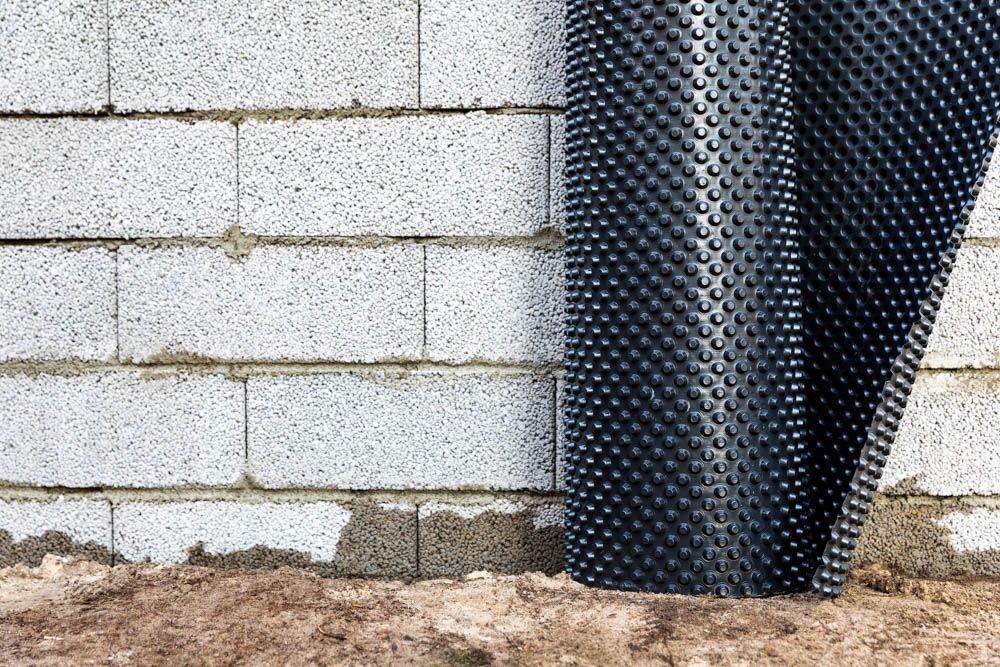
Sometimes you might notice wet patches all along the lower portion of your walls, close to the skirting. Now, you might be wondering how to prevent water seepage through walls.
A damp-proof course is a preventive measure to stop groundwater from rising up through the walls of your house. In a damp-proof course, a preventive barrier of an impervious material (something that doesn’t allow water to pass through) is added to the brick wall about 150 mm above the ground level. This prevents moisture from rising through the walls and causing damage.
Most buildings are usually constructed with a damp-proof course in place. However, if you’ve noticed damp patches on the lower portion of your walls, the course may need replacing. This is an intensive job that needs to be done by a professional. Therefore, it’s best to get a professional to evaluate the damage and replace the damp-proof course, if necessary.
Remember to keep your home well-ventilated during this season. Take quick steps to remove any mould or fungus on the walls that might have formed due to the rain, as their presence can cause respiratory issues. If you notice excess moisture or deep cracks in your walls, consult a professional immediately to prevent damp walls.
D. Install Waterproof Tiles
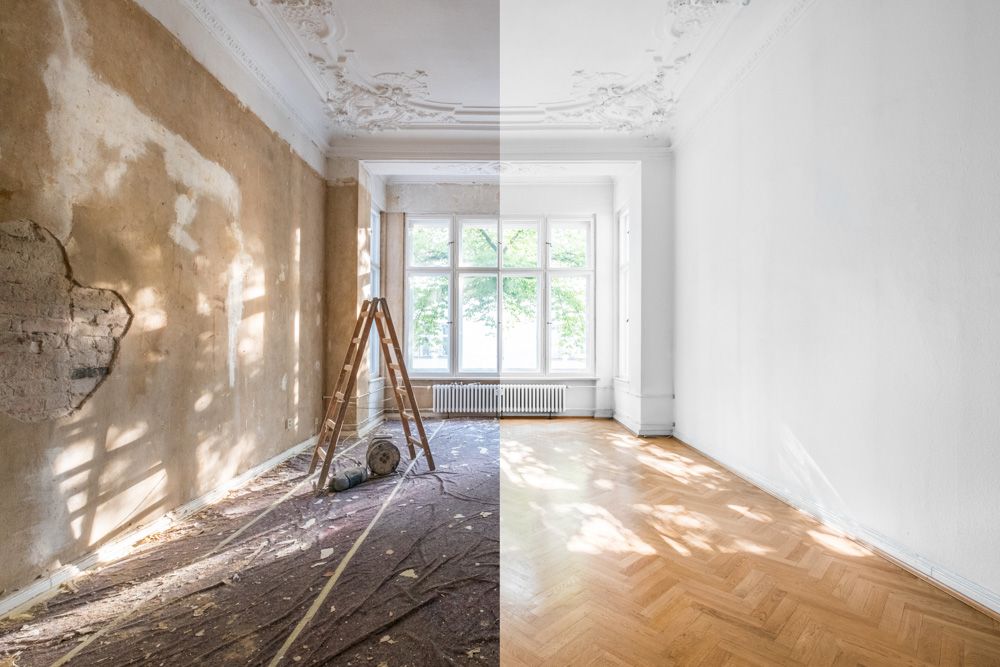
How to treat dampness in internal walls? In addition to the three ways we’ve already mentioned, you can try installing waterproof tiles. Popular types of tiles (ceramic, vitrified and porcelain) can be used for preventing dampness as they’re impervious to water.
One important thing to note while installing waterproof tiles is to opt for breathable ones. If it’s a case of rising damp (in most cases it happens to be), you need to opt for unsealed natural stone tiles that have been treated with a water-based sealer.
3. What Is Guniting? Why Is It Important to Prevent Wall Dampness?
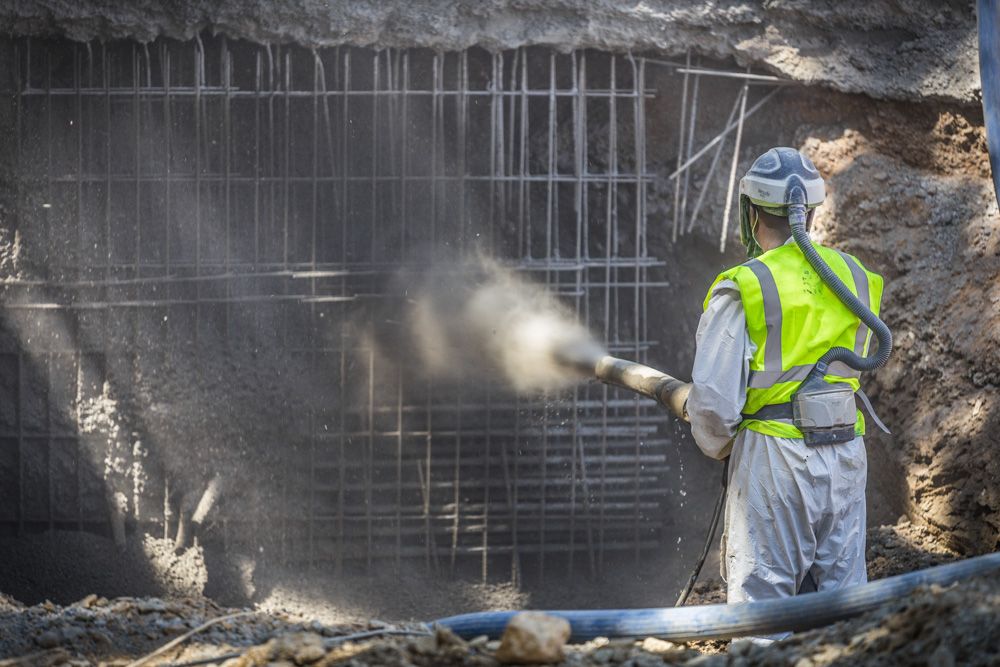
Guniting refers to the process of spraying a layer of concrete mixture onto pipes and walls, to make them waterproof.
However, shotcrete and gunite aren’t the same. Shotcreting is the process of spraying concrete mixture at high pressure, while guniting is the process of spraying concrete mixture at very high speed. While both help in reducing the porosity of structures, gunite usually lasts longer than shotcreting.
4. What Is Pressure Grouting? Why Is It Important to Prevent Wall Dampness?
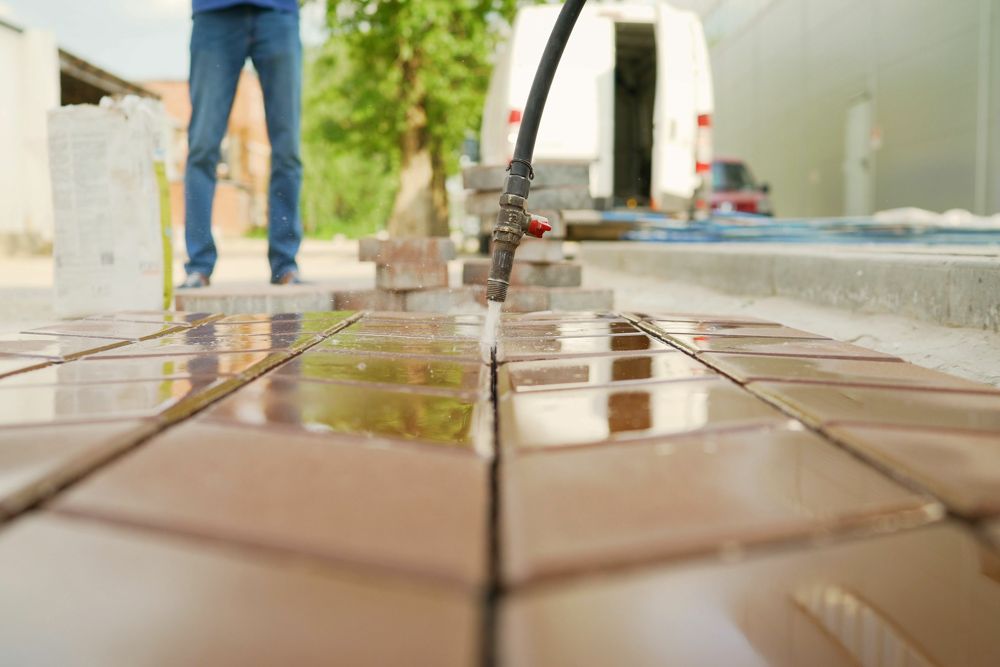
Pressure grouting is the process of applying a mixture of cement and sand with a jet into cracks, voids or fissures present in a structure. Not only does grouting help in preventing wall dampness, but it can also be used to increase strength and stiffness of a structure.
Also Read: How to Keep Your Home Clean & Dry in the Rainy Season?
5. How Can Dampness Affect Your Interiors?
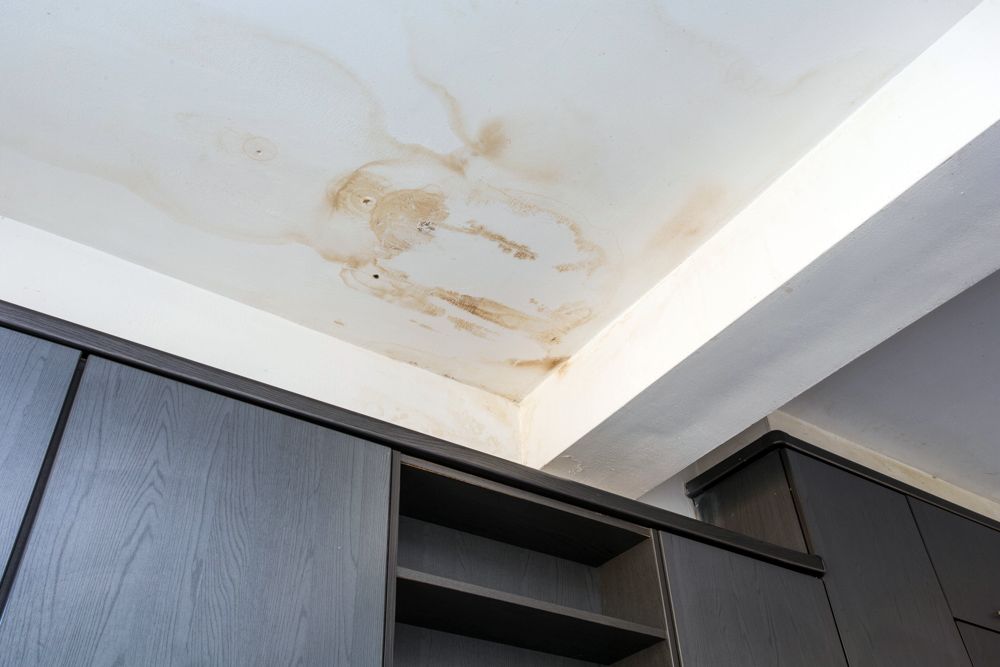
Dampness in walls can affect your interiors in three primary ways:
1. Decay
When the dampness in walls is left untreated for a long time, it can cause disintegration of your home’s structure. To elaborate, it can lead to the decay of building materials like wood, bricks, and mortar. The constant presence of water can lead to the growth of fungus in walls and subsequent corrosion.
2. Rot
Dampness in walls can also cause dry rot in timber and wood. A fungus starts growing on the timber, damaging it from inside, thereby resulting in cracking and powdering of the wood. This is likely to happen in poorly ventilated interiors.
3. Visual Damage
When dampness starts to affect the interiors of your wall, you’ll see patches appear on it. At a later stage, you might also notice the paint starting to peel off. In addition to affecting the paint’s finish, dampness can also cause an unpleasant odour that might bring along its own set of health issues.
As you can see, treating damp is a challenging task. That’s why we ask you to trust the best professionals.
How Can Livspace Help You?
If you’re looking for a tiling solution or a professional service that helps you treat your damp walls, book an online consultation with Livspace today. See the full list of our services here.
